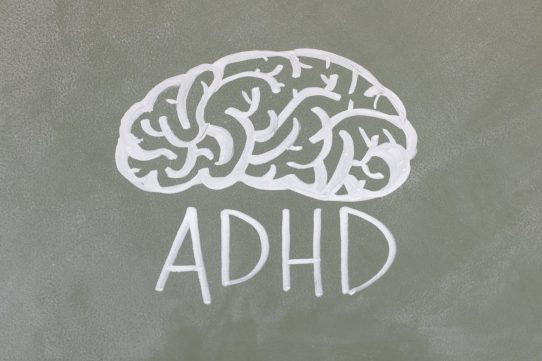Autism Spectrum Disorder, often called autism, is a broad range of neurodevelopmental differences that affect how a person communicates, learns, and experiences the world. Rather than being a single condition, autism describes a spectrum of unique strengths and challenges. Each person’s combination of traits is different, shaped by personality, environment, and support.
Understanding autism begins with recognizing that it is not an illness that needs a cure, but a different way of processing information, relating to others, and responding to sensory experiences. Many autistic people describe their perspective as simply another way of being human.
Understanding the Spectrum
The word spectrum reflects the wide variation in how autism presents. Some individuals may speak fluently but find social cues difficult to interpret, while others may be minimally verbal yet excel in visual thinking or pattern recognition.
Autism can influence:
- Communication and interaction: People might prefer direct, literal communication or need more time to respond in conversation.
- Repetitive or focused interests: Certain activities or topics can bring comfort and mastery.
- Sensory experiences: Lights, sounds, textures, or movement may feel either soothing or overwhelming.
These differences do not fit into neat categories. Instead, they form a continuum of abilities and preferences that evolve over time. The phrase on the spectrum is a respectful way to describe this diversity.
Common Traits and Strengths
While every autistic person is unique, there are shared patterns that help families, educators, and communities understand and support them better.
Many autistic individuals show:
- Strong focus on specific interests or projects
- Reliability and honesty in communication
- Creative problem-solving through unconventional thinking
- Deep attention to detail
- Visual or spatial strengths in learning and memory
Recognizing these strengths helps shift the public view of autism from limitation to difference. When environments are inclusive, autistic people often thrive in science, art, technology, writing, or advocacy roles.
What Causes Autism?
Scientists agree that autism has multiple contributing factors, including genetics and early brain development. However, no single cause explains all cases. Environmental factors may also play a role in how traits express themselves, but extensive research confirms that autism is not caused by vaccines, parenting styles, or personal choices.
Because autism is a lifelong difference in how the brain processes information, the most effective supports focus on understanding and acceptance, rather than “fixing” behaviors.
How Autism Is Identified
Autism is generally identified through patterns of communication, social interaction, and behavior observed across time. Formal diagnosis is done by trained professionals such as psychologists, developmental pediatricians, or neurologists using standardized assessments and family interviews.
Families and educators should remember: learning about autism is not the same as diagnosing it. For many people, self-identification as autistic provides insight, validation, and connection to community even without a formal evaluation.
For parents noticing early differences — such as reduced eye contact, repetitive play, or language delays — sharing observations with a healthcare or educational professional can open access to supports. The key is curiosity and collaboration, not fear.
Language and Identity
People use different language to describe autism. Some prefer identity-first language (“autistic person”), while others choose person-first language (“person with autism”). Both can be respectful when used intentionally. Listening to individuals’ preferences is the best approach.
Across the autism community, identity-first language is increasingly common because many see autism as an integral part of who they are — not something separate or negative. The guiding principle is respect: use the words that affirm the person’s own view of their identity.
Living and Thriving with Autism
Autism is lifelong, but so is learning. With supportive environments, autistic people can develop self-advocacy, build relationships, and pursue their interests just like anyone else. Support often means creating predictable routines, using visual tools, and reducing unnecessary sensory stress rather than trying to change a person’s natural behavior.
Families and communities play an important role by focusing on inclusion: celebrating strengths, teaching acceptance, and offering flexibility. Small adjustments — like clear schedules, quiet spaces, or patient communication — can make everyday life far more accessible.
The Importance of Acceptance
Understanding autism is not only about knowledge — it’s about empathy. Acceptance creates belonging, which in turn supports growth and independence. Schools, workplaces, and public spaces are learning to accommodate neurodiverse minds, recognizing that inclusion benefits everyone.
When autistic voices are heard, the narrative of autism expands beyond limitation. It becomes a story of difference, resilience, and human potential.
Final Thoughts
Autism Spectrum Disorder is best understood as a different way of experiencing the world, not a problem to solve. Each autistic person brings their own rhythm, perspective, and contribution. As awareness grows, so does the responsibility to move from awareness to understanding — and from understanding to acceptance.
Photo by Alexander Grey: https://www.pexels.com/photo/multicolored-umbrella-1146851







